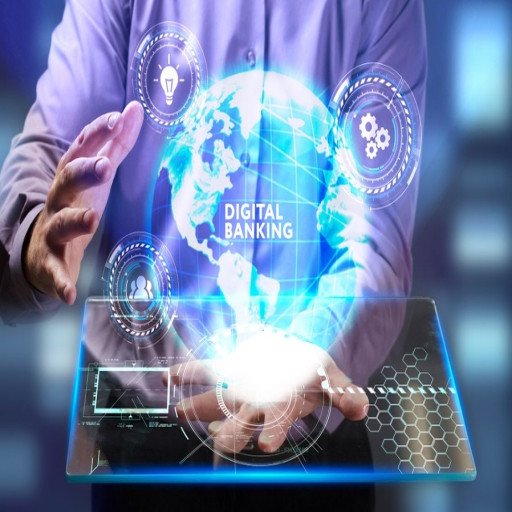
Imagine
standing in a long queue at the bank just to pay an electricity bill or
withdraw a small amount of cash. Hours are wasted, tempers run high, and the
smallest mistake means starting the process all over again. Now picture
completing the same transaction from your phone while sitting at home. No
waiting, no paperwork, and no frustration. That is the power of digital banking.
In today’s world, where time is precious and convenience drives decisions, people often ask: what is digital banking and why does it matter? To understand this, let’s look at the problems traditional banking creates and how digital solutions are reshaping financial life, especially in Bangladesh.
The Problem with Traditional Banking
In
the past, most people in Bangladesh had to walk into a bank branch for every
single service, from deposits to withdrawals. Customers often faced:
Long queues for deposits and
payments
Delays in receiving salary
transfers
Limited branch hours that
clashed with work schedules
Excess paperwork for even basic
services
These
challenges discouraged many from using banks at all. As a result, cash
transactions dominated, which created security risks and slowed down economic
growth. Clearly, a faster and smarter system was needed.
So, What Is Digital Banking?
At
its core, digital banking is
about accessing banking services through technology, so you can manage money
without stepping inside a branch. From opening an account to paying bills,
transferring money, or even applying for loans, everything can be done online
through a website or mobile app.
Think
of it as a bank branch inside your phone or computer. You still access the same
services, but without the hassle of travel and paperwork.
How Digital Banking Works in Bangladesh
In
recent years, Bangladesh has moved forward quickly in adopting financial
technology, making banking easier for millions of people. Almost every major
bank now offers online and mobile services. Dutch-Bangla Bank’s Rocket, BRACBank’s bKash integration, and City Bank’s digital platforms are examples of how
institutions are reshaping customer experience.
Here
is how it applies to everyday life:
This
shift makes life easier for both urban professionals and rural communities who
previously had little or no access to formal banking.
Everyday Benefits of Digital Banking
For
example, a farmer in Rangpur can receive instant payments for his produce
through digital platforms, while a student in Dhaka can recharge their phone
balance online instead of searching for a shop.
Why Digital Banking Matters for Bangladesh
Bangladesh
is moving toward becoming a cashless economy. The government’s Smart
Bangladesh 2041 vision emphasizes technology-driven growth, and digital
finance plays a central role in that journey.
By
adopting digital banking, the
country can:
The
more people adopt digital channels, the closer Bangladesh gets to an economy
that is modern, efficient, and inclusive.
Challenges That Still Exist
While
progress is impressive, there are still obstacles:
However, with growing smartphone usage and government focus on digital literacy, these challenges are gradually being addressed.
The Future of Digital Banking in Bangladesh

As
we move into 2025 and the years that follow, the direction of banking services
is becoming obvious. More banks will expand mobile platforms, artificial
intelligence will enhance customer support, and blockchain may improve
transaction security. Customers can expect personalized financial advice
delivered through apps, seamless international transfers, and even stronger
protection against fraud.
For
individuals, this means banking will continue to become simpler and faster. For
companies, digital systems reduce expenses and allow operations to run more
smoothly.
So,
what is digital banking? In the
simplest terms, it is the ability to access your bank anytime, anywhere, using
technology. It saves time, reduces hassle, and makes financial life smoother.
For
Bangladesh, it is not just about convenience. It is about building a stronger,
more transparent economy where every citizen, from farmers to entrepreneurs,
can participate fully.
If
you still rely on cash or spend hours at a bank branch, maybe it is time to
explore the future. Digital banking puts the branch in your pocket, and the
future of finance in Bangladesh is already here.
FAQs on Digital Banking
Comments (0)
Leave a Comment
No comments yet
Be the first to share your thoughts!